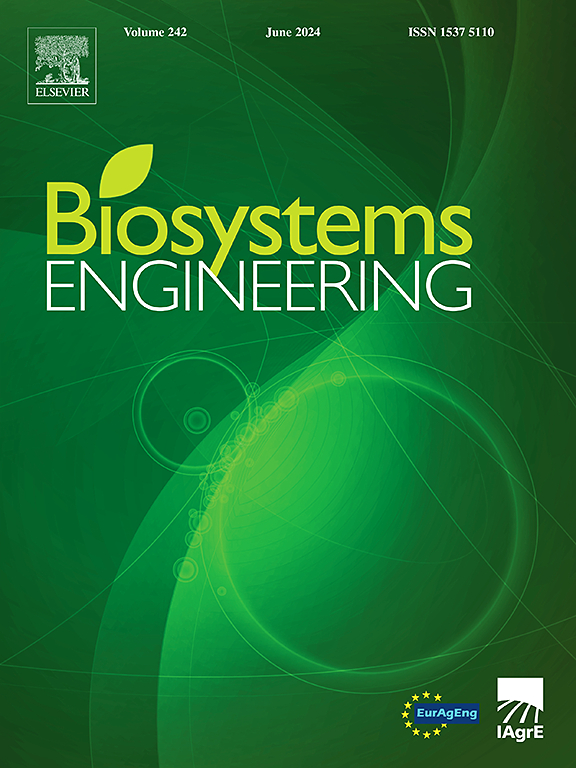A two-stage 3D multi-fish tracking model using patch-based underwater stereo matching
IF 4.4
1区 农林科学
Q1 AGRICULTURAL ENGINEERING
引用次数: 0
Abstract
Indoor recirculating aquaculture systems necessitate the extensive application of automatic monitoring technologies due to the inherent complexity and precision involved. Underwater three-dimensional (3D) tracking is essential for monitoring fish. However, underwater imaging in aquaculture environments frequently encounters challenges such as image blurring, low contrast, and excessive noise. These problems reduce the effectiveness of stereo matching algorithms, subsequently affecting the precision of binocular-based underwater 3D tracking. As a result, current applications often rely on expensive hardware, such as Time-of-Flight (TOF) cameras or structured light cameras. To achieve high-precision underwater 3D tracking economically with binocular cameras, a two-stage 3D multi-fish tracking (TMT) model was proposed. The TMT model concentrates on processing fish-containing patches, eliminating complex and extensive background regions in underwater images. This improves contour and spatial position accuracy in stereo matching, reduces computational demands, and simplifies point cloud filtering. Specifically, in stage 1, a detector and tracker identify fish-containing patches within stereo images. Stage 2 uses a novel patch-based underwater stereo matching method to match patches of the same fish in the left and right images, then calculates and filters the fish point cloud. Evaluations of positioning accuracy showed that the Mean Absolute Error (MAE) between model results and the true values is less than 2 cm in both horizontal and vertical directions, and less than 5 cm in the depth direction. Furthermore, the TMT model demonstrates stable performance during a 7-h hypoxia experiment on fish, effectively identifying various fish behavioural changes.
求助全文
约1分钟内获得全文
求助全文
来源期刊

Biosystems Engineering
农林科学-农业工程
CiteScore
10.60
自引率
7.80%
发文量
239
审稿时长
53 days
期刊介绍:
Biosystems Engineering publishes research in engineering and the physical sciences that represent advances in understanding or modelling of the performance of biological systems for sustainable developments in land use and the environment, agriculture and amenity, bioproduction processes and the food chain. The subject matter of the journal reflects the wide range and interdisciplinary nature of research in engineering for biological systems.
 求助内容:
求助内容: 应助结果提醒方式:
应助结果提醒方式:


